The operationalisation of these trains is a major technologcal milestone for the DMRC and the country. The 57-km Pink Line (Majlis Park–Shiv Vihar) will also have driverless operations by mid-2021, the DMRC said on Sunday.


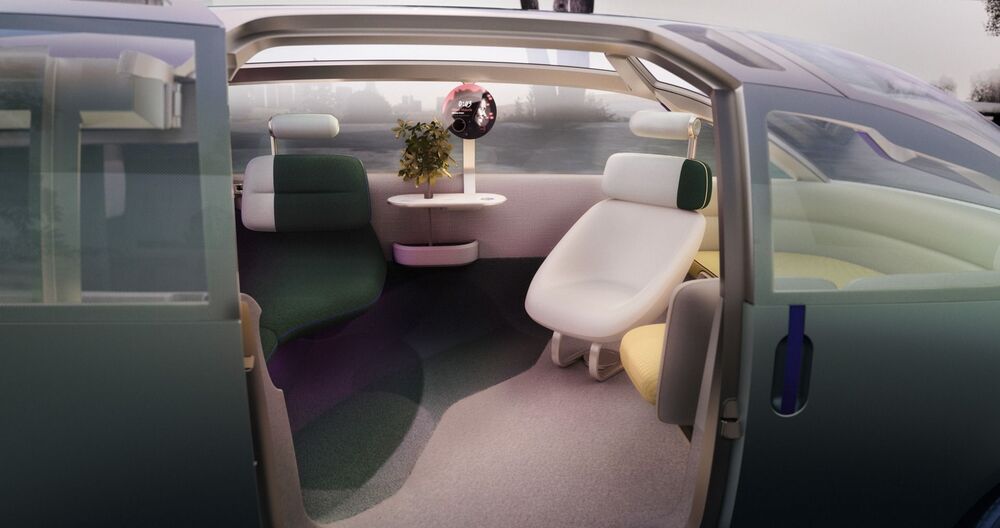
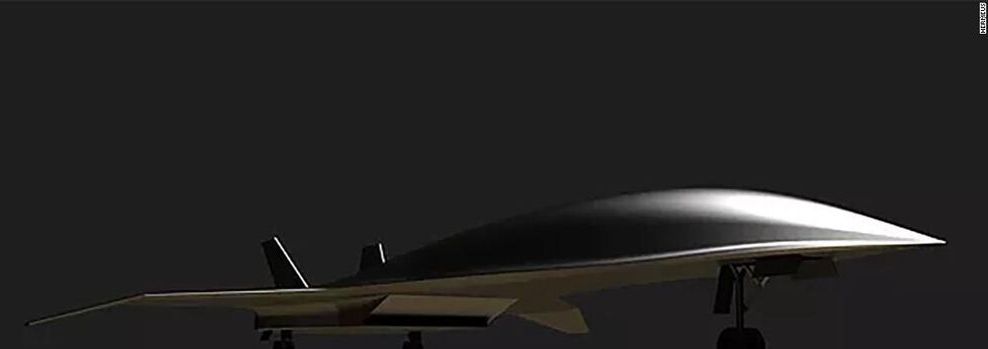
Japanese company SkyDrive has completed a successful manned test flight of its flying car prototype. “Of the world’s more than 100 flying car projects, only a handful has succeeded with a person on board,” said Tomohiro Fukuzawa, head of SkyDrive. The vehicle uses electric vertical takeoff and landing for efficient point-to-point travel, and could one day offer a viable option to busy airport terminals and roadway congestion. Fukuzawa hopes to have a commercial product ready to launch by 2023.
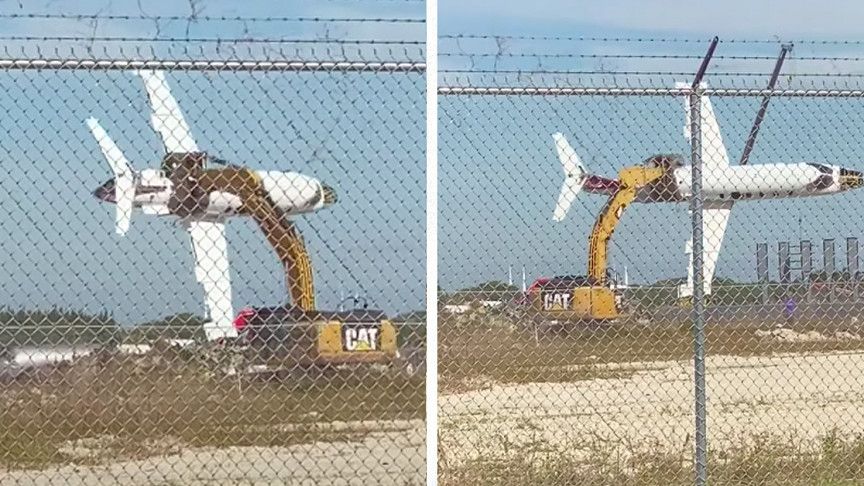

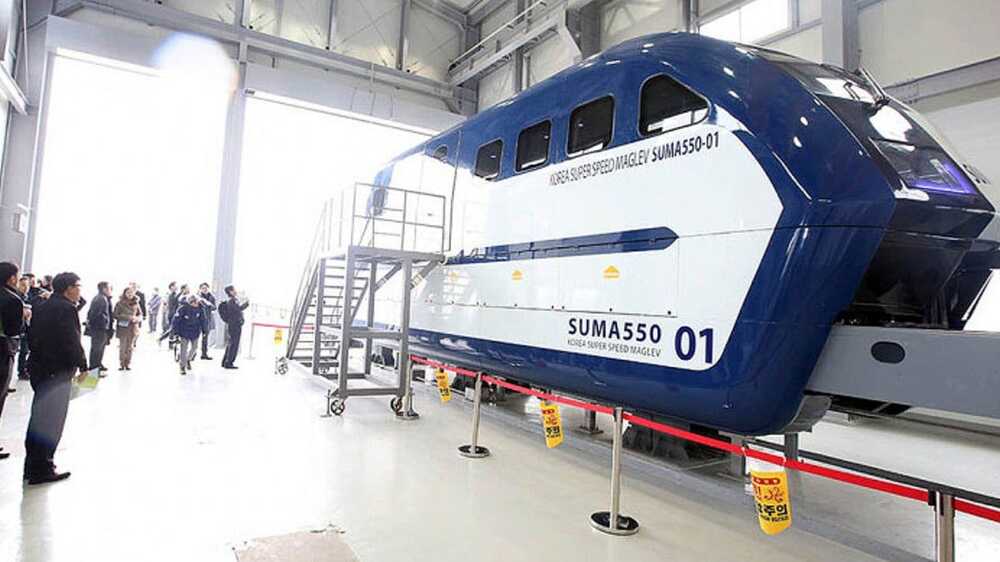

The Chinese government formed Comac in 2008 to design and build the single-aisle C919.
However, most of the parts are imported from foreign manufacturers, including the engine, avionics, control systems, communications and landing gear.
China’s government formed the Commercial Aircraft Corporation of China (Comac) in 2008 to design and construct the single-aisle C919 to reduce reliance on Europe’s Airbus and the United States’ Boeing.
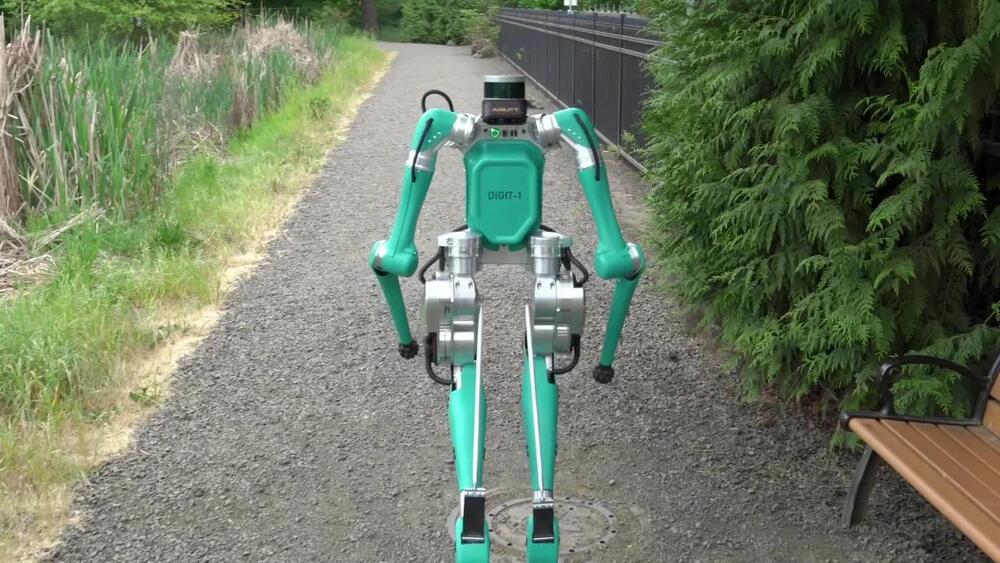
Ford partnered with Agility Robotics to create a two-legged delivery robot called Digit. It’s easy to see why. One-click shopping and perks like two-day delivery are extremely convenient, but they are taking a toll on our cities and neighborhoods. The U.S. Postal Service alone delivered more than 6 billion packages in 2018, or double the volume it was handling about 10 years ago. To help address this issue, Ford is teaming up with Agility Robotics to explore a brand-new frontier in the world of autonomy — and a new way of thinking about how we make deliveries. Together, we will work toward making sure self-driving vehicles are uniquely outfitted to accomplish something that’s proven surprisingly difficult to do: Carry out that final step of getting your delivery from the car to your door.

But their cash-burning tactics to attract users and uncertain business models turned out to be unsustainable. By 2017, the bubble was already bursting – yet another casualty in big tech’s seemingly endless proxy wars for users and market share, leaving a trail of broken companies, and bikes, in their wake.
Mobike officially halted operations of the mobile app and WeChat mini programme under its own brand last week, fully merging under its parent company Meituan.